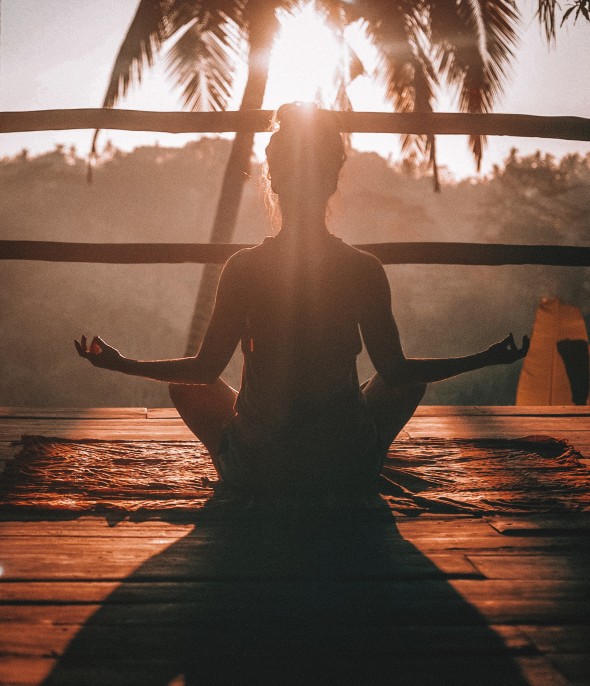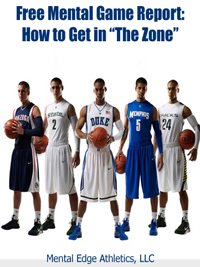Almost every athlete experiences nervousness and/or anxiety about their performance from time to time. What separates the elite athletes from everyday players is the ability to control and even use this nervous energy for their benefit. This, however, is not an easy task to accomplish.
“CALM DOWN!” … We have all heard this from coaches, parents, and teammates before or during a performance where it is evident that anxiety has overtaken our control. But this is easier said than done. Anxiety has potentially detrimental physiological effects on the human body. These effects can easily inhibit athletes from achieving their full potential in competition.
When we experience nervousness or anxiety, the bodies autonomic nervous system kicks in. The system is divided into two parts: The sympathetic and parasympathetic system. The sympathetic side kicks in immediately when we experience a threat, physical or emotional, and begins to produce visible and non-visible physiological reactions. These reactions include increased heart rate, shaky hands, rapid breathing, sweating, loss of attention flexibility, loss of focus, and butterflies in the stomach. These reactions are both cognitive (mental) and somatic (physical) in nature and can easily disrupt and prevent high level performance. During this stage of reaction, the bodies adrenal gland produces hormones such as dopamine, epinephrine (adrenaline), and norepinephrine (stress hormone) collectively called catecholamine hormones. Scientifically speaking, anxiety literally causes physiological reactions that can and do prevent performance in athletes. So how do we combat these anxious side effects?
Well that is where our anxiety reduction techniques and the other half of the autonomic nervous system, the parasympathetic side, comes in. Our parasympathetic system is responsible for reducing the effects of the sympathetic nervous system. The parasympathetic system metabolizes those catecholamine hormones we discussed earlier in order to counteract the physiological effects. In order to help the parasympathetic system do this faster, we must reduce the amount of catecholamine hormones in our system. This is where our stress/anxiety reduction techniques come in to play. Taking deep breaths, tension/relaxation exercises, positive self-talk, visualization, and meditation all “calm the nerves” and reduce the amount of catecholamine hormones being delivered into the blood stream. The neurophysiology of arousal and anxiety help explain that 1) there is a reason nervousness leads to lower performance and 2) we can in fact hijack our own system to work back in our favor.
Knowing this information will hopefully help you or your athletes the next time you experience competitive anxiety.



























Thank you! Very helpful!